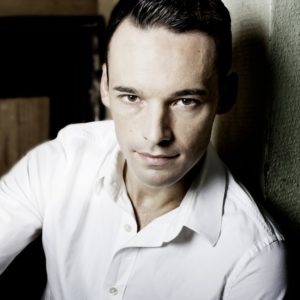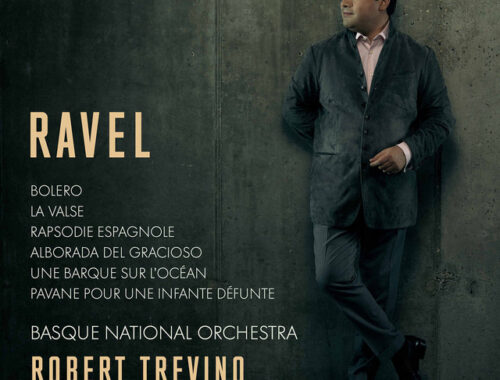LSO, Mullova, Gardiner, Barbican Hall
The tricky opening chord of Weber’s Der Freischutz Overture needed warming up – didn’t we all – but a quartet of horns quickly lent a dappled glow to the proceedings and the mercury began to rise. Weber’s most dramatic opera sports an overture full of surprises and special effects and Sir John Eliot Gardiner and the London Symphony Orchestra barnstormed through its melodrama of fiery string tremolandi, soulful solo clarinet (a plangent Chris Richards), and show-stopping declamations, carrying the big tune to its rightful position above the stave.
There was uncompromising and emphatic drama in Beethoven’s Violin Concerto, too, with soloist Viktoria Mullova warming up for business during the final page or so of the orchestra’s opening tutti. Playing on gut strings did not compromise the no-nonsense power of her fiery arpeggiations: this was, from both soloist and conductor, a robust and very immediate account of this most classically challenging of concertos. Gardiner even had the horns at one point ape the distinctive “stopped” sound of natural horns in chromatics and Mullova chose (or maybe it was her own) an unfamiliarly long and strenuous cadenza.
Speaking personally, though, I missed those moments of spiritual repose wherein the soloist reflects on the sublime simplicity of the first movement themes, allowing them more space, stillness, and quiet introspection. Mullova remained strictly in tempo through all of these moments and whilst I openly acknowledge how easy it is to turn this first movement into another slow movement her playing felt and sounded, for my taste, too unyielding. Not even the unexpected arrival of that new theme in the slow movement achieved a truly transcendent effect. But it was gutsy for sure and the finale’s peasant merrymaking enjoyed some unexpectedly graceful encounters with the orchestra’s mellifluous first bassoon, Daniel Jemison.
Then for the first time, to my knowledge, the LSO violins and violas were on their feet. In another nod to period style Gardiner had them dispense with chairs and bodily throw themselves into the swing and uplift of Mendelssohn’s 4th Symphony “Italian”. Amazing what a difference it made to the sound and, of course, the visual effect, liberating the fizzing chamber-like immediacy of the string music so that it really sang and danced. It was a cracking performance which kept everything on its toes – literally – and made it hard for those of us seated to remain so during the whirling saltarello of the finale. Never was music in the minor mode more intoxicatingly sunny and rarely have its rhythms sounded fresher.
You May Also Like

GRAMOPHONE Review: Russian Colours – Camerata Tchaikovsky/Zhislin
07/10/2020
A Conversation With LINUS ROTH: Crusading for Weinberg
17/09/2014